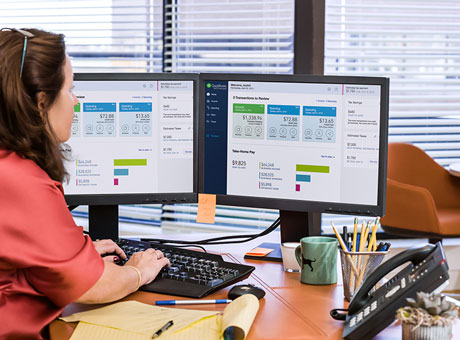Your accounts payable turnover is the rate you pay your bills. You can calculate your accounts payable turnover by dividing the total cost of sales by the average balance in accounts payable. The turnover tells you how many times in a period you pay your average accounts payable balance. If you have total supplier purchases of $100,000 for the year and an average accounts payable balance of $5,000, your accounts payable turnover is 20.
You can also divide the number of days in a period by your accounts payable turnover to find out the number of days your payables were outstanding. In the example above, your average account payable for the year would be outstanding for 18.25 days. A higher turnover calculation means you are paying your current debts faster. Although this typically means you have a strong cash flow, it could also mean you are not efficiently using creditor terms or are paying suppliers too soon.
In general, it’s best to calculate your accounts payable turnover ratio for multiple periods and compare your results. If the ratio is decreasing over time, you’re paying your suppliers more slowly. A new supplier may ask for your accounts payable turnover ratio before they agree to do business with you so they know when you’re likely to pay your bills. Knowing your accounts payable turnover is an easy way to manage your vouchers, analyze your payments, and maintain supplier relations.



